Alibaba.com cung cấp một số loại vertex vise để bán bởi các nhà cung cấp đáng tin cậy, đảm bảo các sản phẩm chất lượng cao và kết quả vượt trội. Chúng được chế tạo để sử dụng lâu dài, đảm bảo độ bền và hiệu suất tối ưu. Các sản phẩm được tìm kiếm phổ biến nhất là vertex vise và bàn ghế. Từ xây dựng đến máy móc, chúng có sẵn cho các ứng dụng khác nhau với độ dài và kích thước khác nhau.
vertex vise được sản xuất tuân theo các tiêu chuẩn công nghiệp bằng cách sử dụng nguyên liệu thô chất lượng cao và công nghệ mới nhất. Chúng được thiết kế để giữ các phôi kim loại. Chúng có thể được sản xuất từ một số vật liệu như thép, gỗ, đồng và da. Alibaba.com cung cấp một số loại vertex vise khác nhau, từ ngàm thép cứng nhẵn đến gá kiểu mô-đun chính xác cao. Chúng có các dạng thủ công, thủy lực và khí nén.
Thiết kế dễ sử dụng và thoải mái cho phép vận hành thuận tiện để hoàn thành các công việc nhanh chóng. Thiết kế đẹp mắt bao gồm một số tính năng như nút dễ thao tác với tay cầm tối ưu để mang lại hiệu suất mượt mà. Thiết kế tùy chỉnh được thiết kế để tạo sự thuận tiện và hiệu suất tối ưu.
Mỗi sản phẩm được thiết kế cho một mục đích cụ thể và thể hiện hiệu suất vượt trội. Danh mục toàn diện với thông tin chi tiết về từng sản phẩm có sẵn cho người mua hàng. Từ bình dân đến cao cấp vertex vise, mọi người mua sắm đều có thể tìm thấy mặt hàng phù hợp với túi tiền của mình. Với nhiều nhà cung cấp trên toàn thế giới, Alibaba.com là nơi tuyệt vời để tìm kiếm những mặt hàng thích hợp nhất cho nhu cầu của người mua sắm. Chúng có sẵn với giá hàng đầu trong ngành và hứa hẹn mang lại hiệu quả tối ưu.



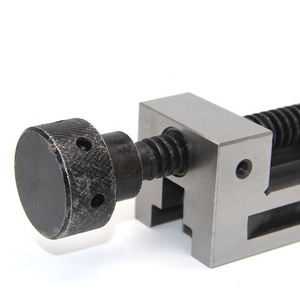

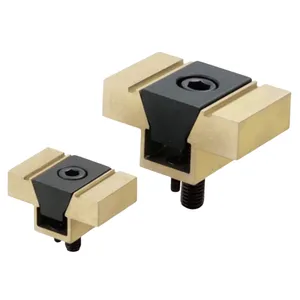

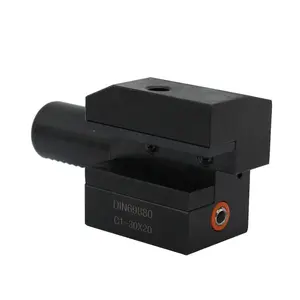



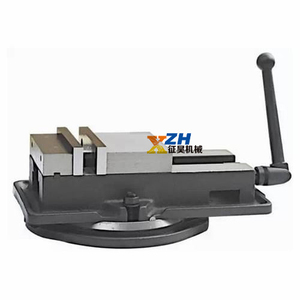



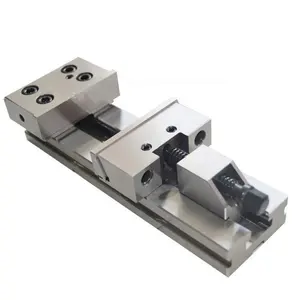











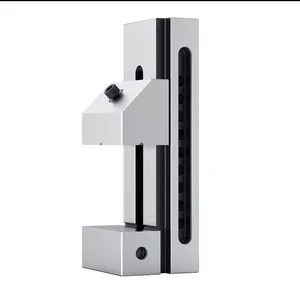


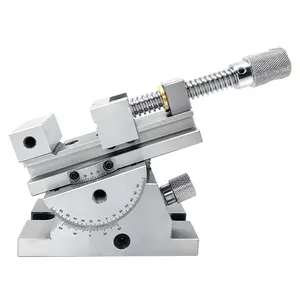


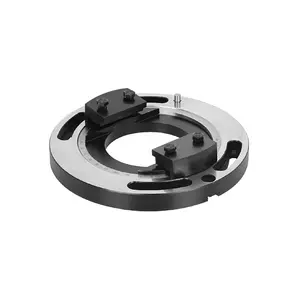




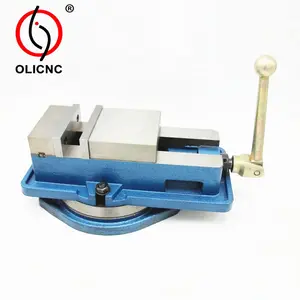

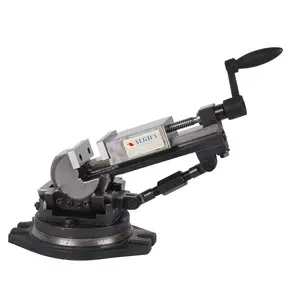




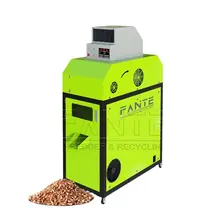

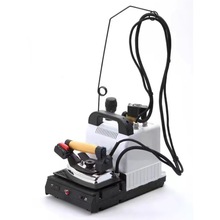



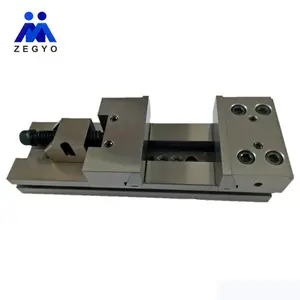







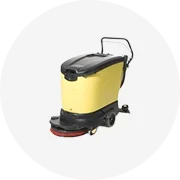






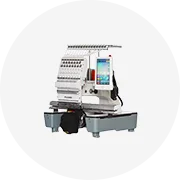









 浙公网安备 33010002000092号
浙公网安备 33010002000092号 浙B2-20120091-4
浙B2-20120091-4